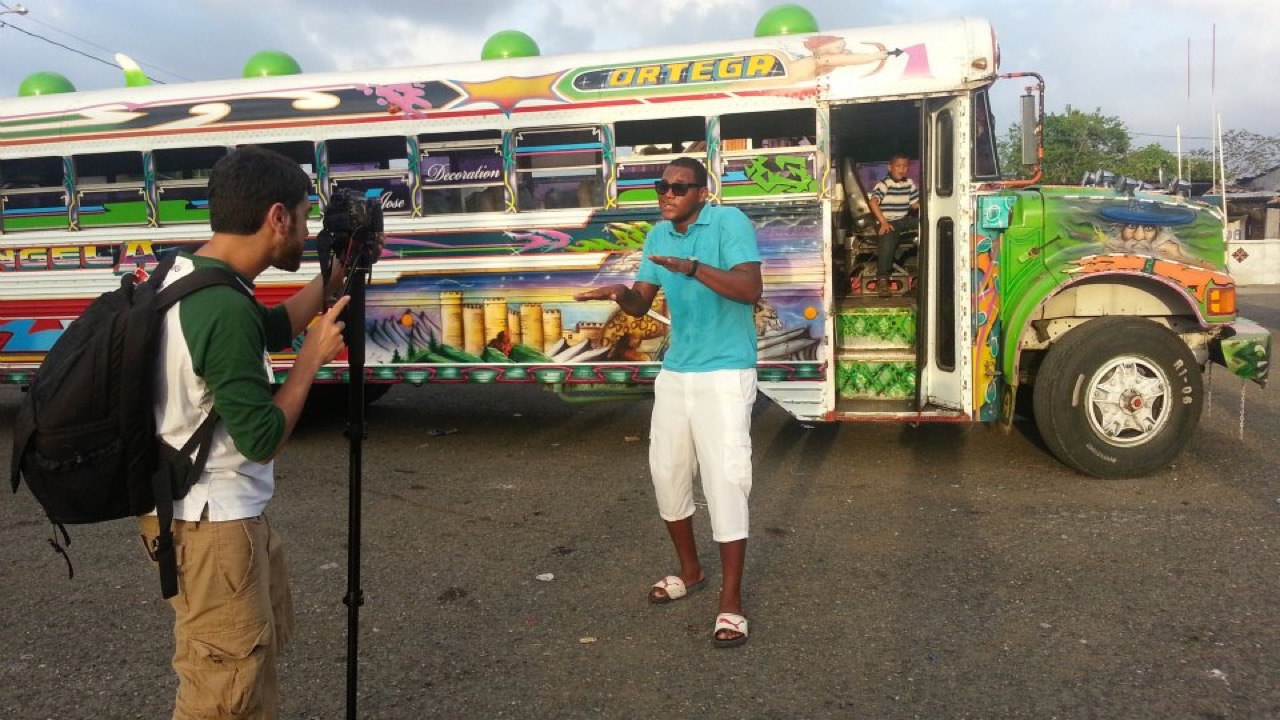By the twentieth century, Portobelo represented a colonial Black town in the middle of the Black province of Colón. As of the 2010 census, 4,559 people resided in the town.[i] Many had lived there for generations. The 2010 census was historic for the town as well as for the nation because it gave people of African descent the opportunity not only to self-identify as “Black” but also to specify the terms of the “Blackness” they chose to claim. A co-founder and the executive director of the Silver People Heritage Foundation, Lydia M. Reid (2010), summarized it thus:
In Section IV (Page 4) of the Census Questionnaire for 2010, at the top of the page are situated questions 5 and 6 which read, “Does an Indigenous person live here?” and “Does someone in this house regard him/herself as Negro (Black) or of African descent?” Further down the questionnaire you will see the qualifying questions as to which tribal or ethnic group the person belongs. In “Section V—General Characteristics for All Persons” question 8 asks to which particular tribal group does the person belong, and question 9 asks “Do you consider yourself?:
1. Negro(a) Colonial
2. Negro(a) Antillano(a)
3. Negro(a)
4. Other (Specify)
5. None
This historic piece of Census information is probably the first time that Black and indigenous people will be asked their opinion and how they view themselves, particularly Black persons.[ii]
In light of the information gleaned by the recent census, it is possible to state that of the 4,559 residents who were present in Portobelo during the one-day period within which the census was conducted, 993 or 21.8 percent claim African ancestry: 323 identified as Negro/a Colonial, 108 as Negro/a Antillano/a, 521 as Negro/a, 38 as Otro (Other), and 3 did not declare. In addition to the self-identified African-descended populations, other populations include an indigenous community, a mestizo community from the country’s interior that relocated in the 1970s in response to a government initiative,[iii] and Asian descendants,[iv] some of whom run the town’s three local stores.
As in most rural Panamanian towns, Portobelo’s transit system consists of a small fleet of privately owned, recycled U.S. school buses, commonly called “Diablo Rojos,” that are painted in Caribbean primary colors and adorned with graffiti-style airbrush art depicting international to local popular icons.[v] In 2003 one of my favorite buses, “Lola,” had El Naza / The Black Christ on the hood, Dwayne “The Rock” Johnson on a side panel, and Britney Spears on the rear door. It has since been repainted; Portobelo is a town of active recycling. As Renato Rosaldo (1993) argues, “All of us inhabit an interdependent late-twentieth-century [early twenty-first-century] world marked by borrowing and lending across porous national and cultural boundaries.” However, as Rosaldo goes on to say, this process is not without friction. These boundaries “are saturated with inequality, power, and domination” (217). El Real Aduana de Portobelo (The Royal Customs House), which once stored South American gold bound for Spain, has been remodeled into both a museum and the offices of the Instituto Nacional de Cultura (National Institute of Culture). Likewise, the old slave auction block has been surrounded by a cemetery and dwarfed by the neighboring soccer field. Like many rural communities in the Global South, newer technologies have taken root in Portobelo before older ones acquired the infrastructure to do so. For example, with the introduction of local public-access Internet at the library (converted from a jail in 2002 by the Peace Corps) and the rise of smartphones, electronic mail has reached Portobelo before “snail” mail.[vi]
Excepted from “Introduction,” When the Devil Knocks: The Congo Tradition and the Politics of Blackness in 20th Century Panama, The Ohio State University Press. (January 2015)
Introduction | Historical “Storied” View
[i]. This is a 6.92 percent increase from the 2000 census, which recorded 3,867 inhabitants of the town but did not provide additional ethnoracial data.
[ii]. For the ways in which Panama’s 2010 census model relates with reckonings about race in other parts of Latin America, see Katie Zien (2009).
[iii]. This initiative, often referred to as the “Colonization of the Atlantic,” is explained in chapter 1.
[iv]. See Lok Siu (2005) regarding the ways in which small Chinese communities, anchored to family-owned groceries and markets, are part of the current ethnoracial landscape of Portobelo and other Congo coastal communities like it.
[v]. For an analysis of the popular artwork that adorns Panama’s “Diablo Rojo” buses, see Peter Szok (2012).
[vi]. Homes in Portobelo have no addresses. Mail is collected at the post office in Sabanitas, a neighboring town approximately forty-five minutes away by bus, or in Colón city, which is approximately an hour-and-a-half bus trip.

